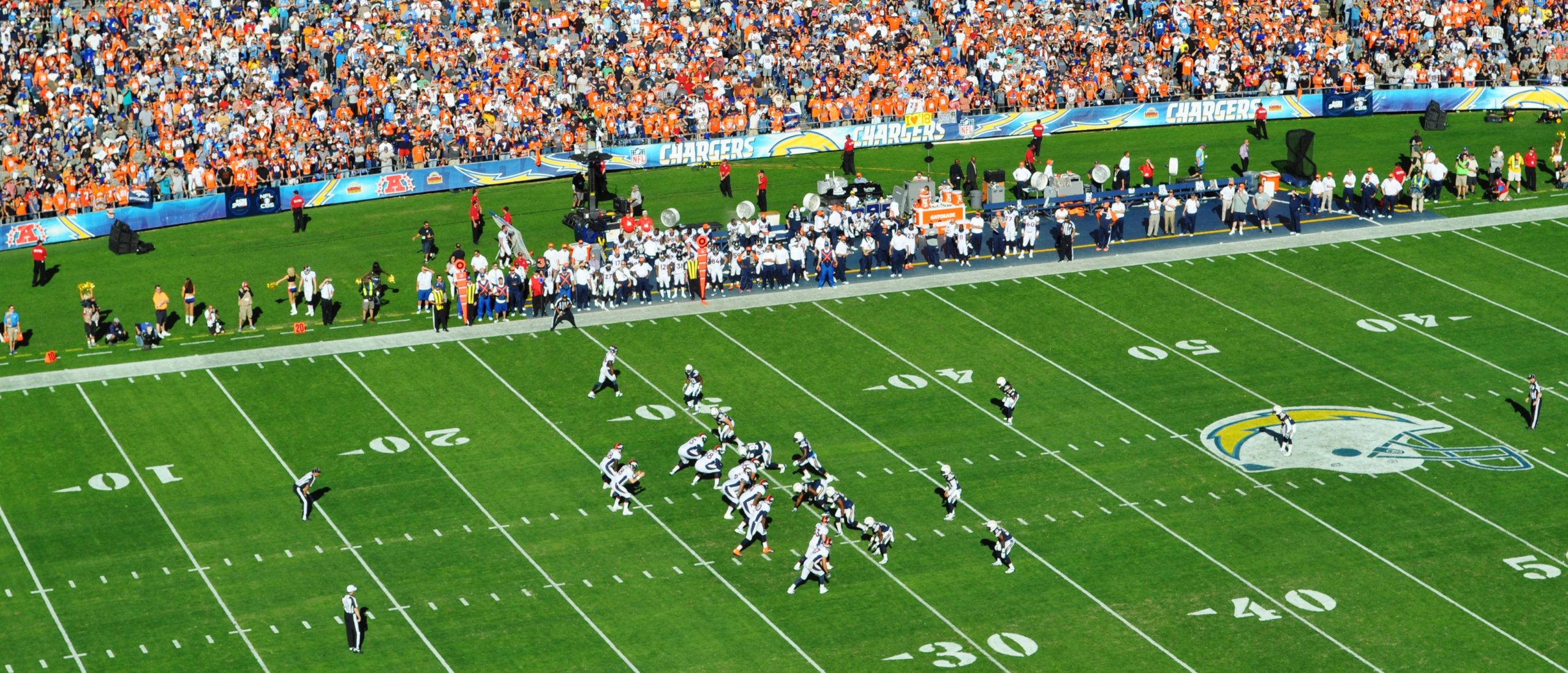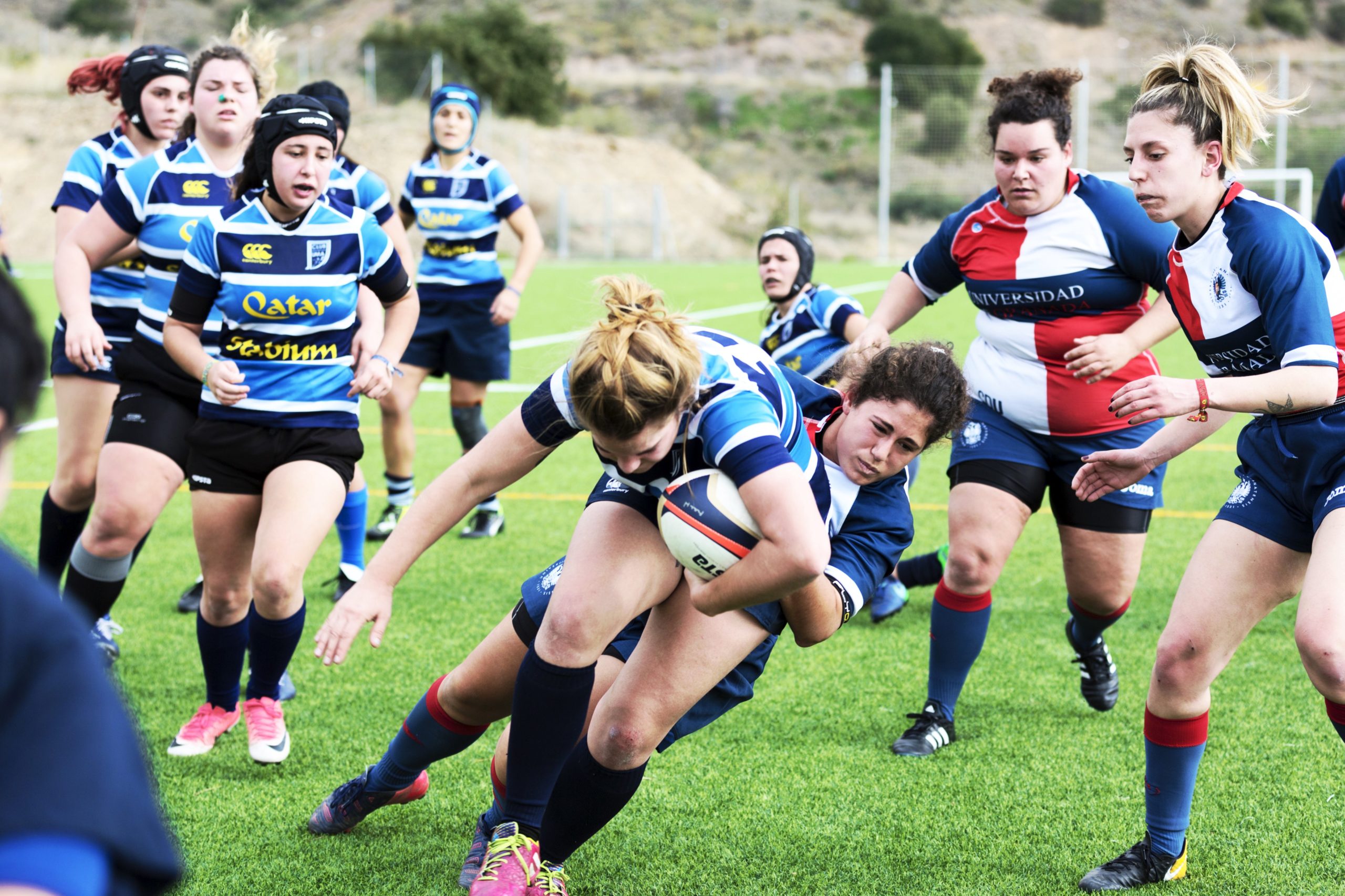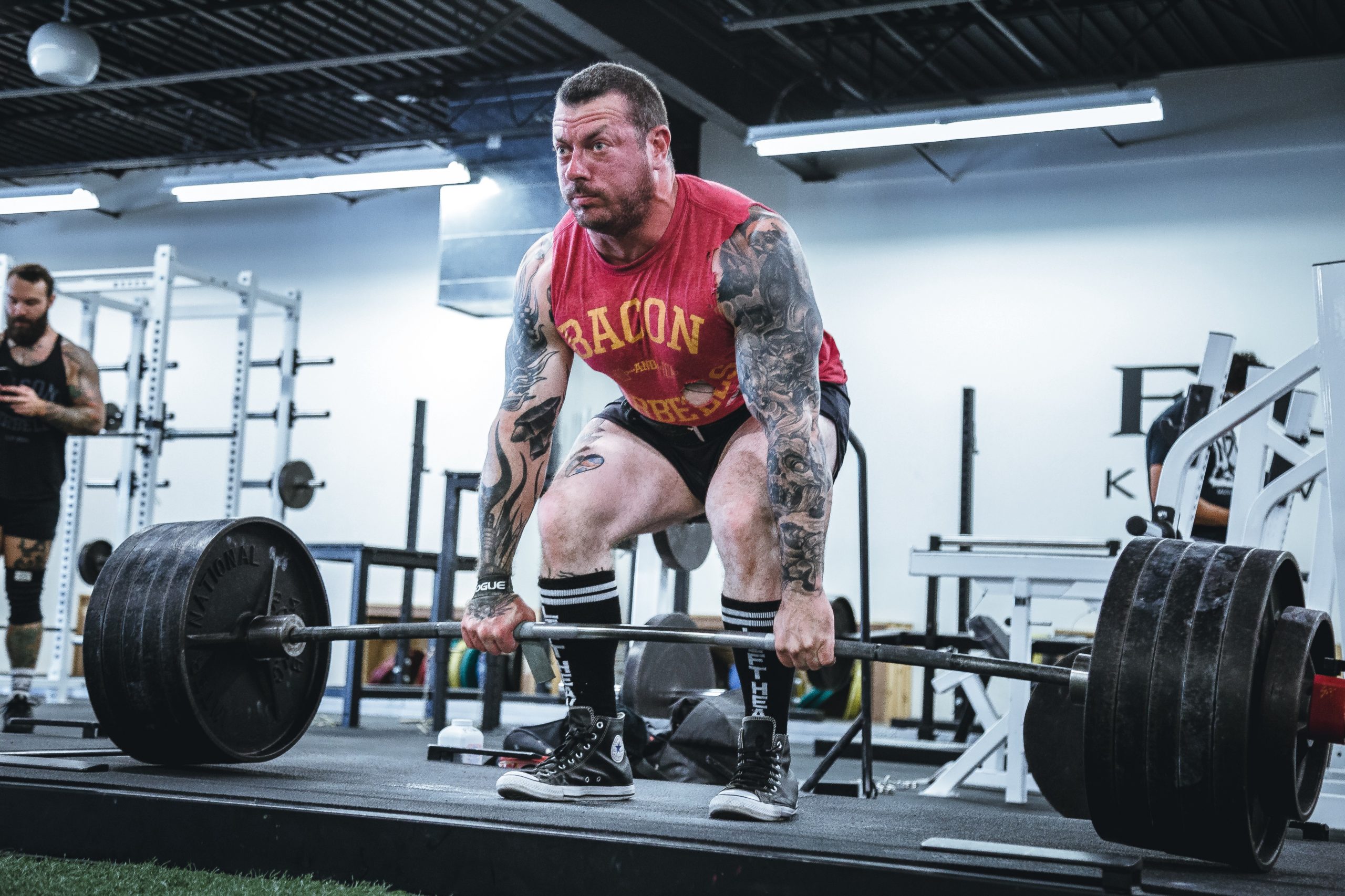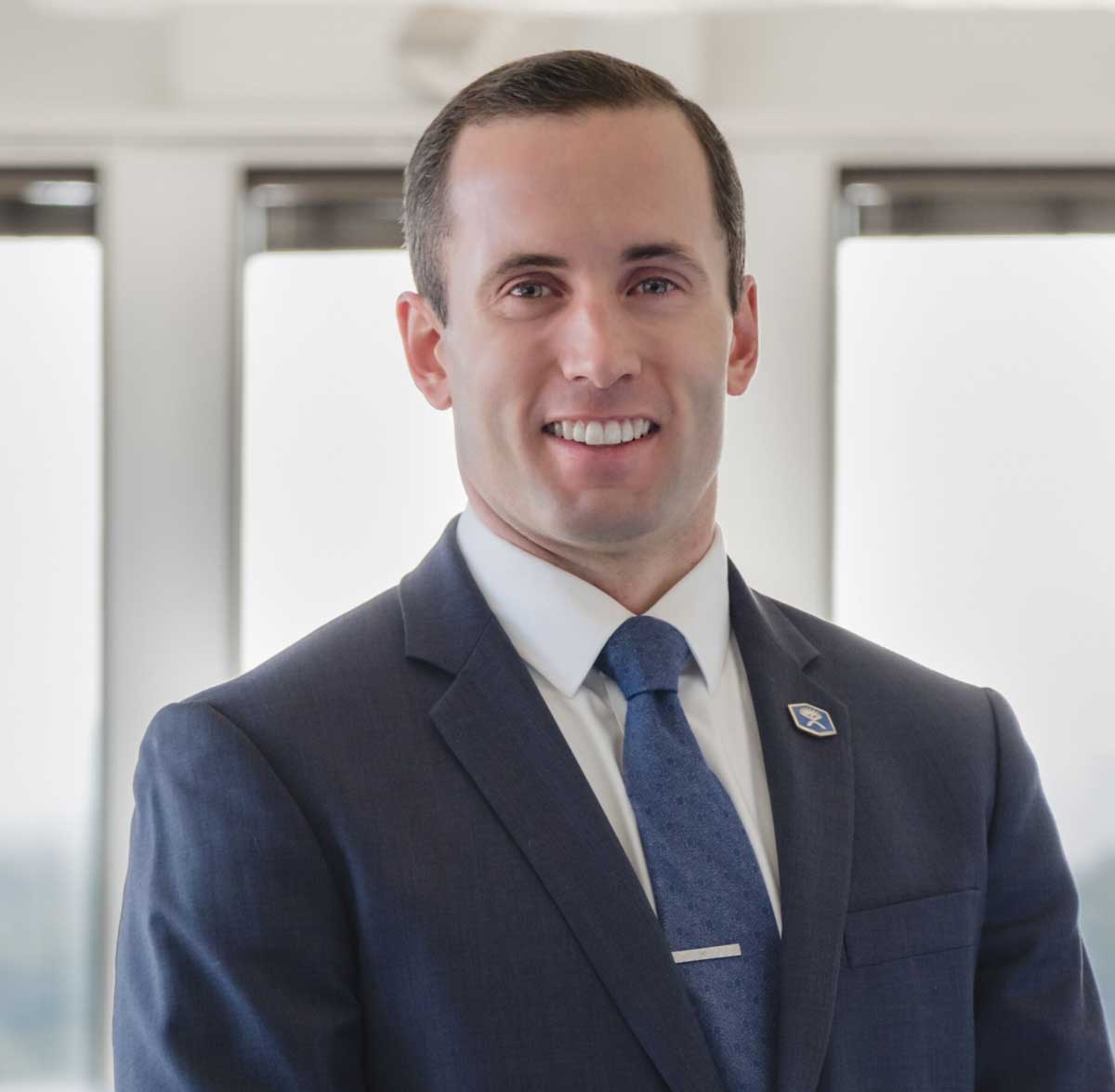Return to Sport: What To Expect after an Injury

When is it appropriate to return to the field after an injury? Millions of dollars ride on this question in the world of professional sports. Unfortunately, we often observe professional athletes and believe we can replicate the standards they set. If the best in the world take “X” approach, why shouldn’t I? This tactic can work for nutritional strategies or some exercise routines, but not for rehabilitation
As a physical therapist, I have seen a variety of patient types walk into my clinic. A one-size-fits-all approach to return to sport does not work. Trying to facilitate a return comparable to a professional athlete is a recipe for disaster.
PROFESSIONAL ATHLETES ARE NOT THE STANDARD
Adrian Peterson put up MVP-level campaigns within a year of tearing his ACL. That is not normal. Adrian Peterson could squat 500+ pounds before tearing his ACL. Even with significant post-surgical atrophy (muscle loss), his muscle mass and strength far exceeded the average person. Peterson had the benefit of a 24/7 focus on their rehabilitation. He didn’t attend physical therapy three times a week for an hour each session, instead, he performed 6–8 hours of rehab daily. It goes beyond the weight room.
Professional athletes have structured diets and recovery plans. Many athletes even have scheduled naps. We are not comparing apples to apples. But even Professional athletes can push the envelope too far.
Jerry Rice returned to the football field in the same season. He tore his ACL in Week 1 and played by Week 15. However, he suffered a cracked patella (knee cap) in week 16 which he believes occurred because he rushed back too quickly. Even professional athletes have limits.
Jerry Rice regrets his decision and was on record saying Adrian Peterson returned to fast as well. Rice is not the only example of an athlete returning sooner than advised and soon after suffering a serious injury.
In 2019, Tua Tagovailoa suffered a high ankle sprain. Like the previous season, Tua elected to undergo a surgical procedure to secure the ankle. Last season, he returned to the field after only five weeks, this time, however, he returned after only 3 weeks. While he was rusty in the first game back, he put on a show in the second half. Although, it was clear he was not moving with the same sharpness and speed as pre-injury.
The second game back, an ankle sprain was the least of Tua’s worries. While being sacked, his knee was driven into the ground and he suffered an acetabular fracture.
Medicine evolves daily and athletes find new ways to push their bodies to the extreme, but everyone has limits. The baseline of an athlete significantly affects the ability to return. Most individuals do not possess the baseline of professional, or even collegiate athletes. Further complicating the issue, regardless of an athlete’s access to care, there are many external pressures to return to sport sooner, even with the understanding of differing physiology.
Depending on the level of competition, there are external motivations from coaches, parents, friends, teammates, boosters, the media, and fans. Internal motivation can come from a desire to obtain a scholarship, endorsement, money, or fame. Perhaps the athlete risks losing their starting job or the school record they are shooting for is falling further out of reach the longer they are sidelined. There are many drivers behind a desire to return to the field sooner. If we rely on pain, generic timelines, and basic, controlled tests and measures, the athlete will not be ready for the rigors of competition.
THE DIFFERENCE BETWEEN ‘RETURN TO SPORT’ AND ‘RETURN TO PRACTICE’

During the rehab process, the terminology ‘Return to Sport’ is commonly used. This can be a problem as it suggests athletes progress from the physical therapy clinic straight to the competition. The ramp is too steep. Instead, the focus should be on ‘Return to Practice’ and ramping sport-specific demands prior to racing back to games.
The continuum and definitions from the 2016 Consensus Statement on return to sport from the First World Congress in Sports Physical Therapy are as follows:
- Return to participation (RTPa): The athlete may be participating in rehabilitation, training (modified or unrestricted), or sport, but at a level lower than his or her RTS goal. The athlete is physically active, but not yet ‘ready’ (medically, physically and/or psychologically) to RTS. It is possible to train to perform, but this does not automatically mean RTS.
- Return to sport (RTS): The athlete has returned to his or her defend sport but is not performing at his or her desired performance level. Some athletes may be satisfied with reaching this stage, and this can represent successful RTS for that individual.
- Return to performance (RTPf): This phase is an extension of the RTS phase. The athlete has returned to his or her defend sport and is performing at or above his or her pre-injury level. For some athletes, this stage may be characterized by personal best performance or expected personal growth as it relates to performance.
Consistent with injury-prevention research, a multi-modal approach appears to be the best option, but what are the best variables to assess? How does an athlete know when they are ready to progress to RTPa, RTS, or RTPf?
The 17 experts who developed the 2016 Consensus Statement advocate for the use of injury-related and non-injury-related variables in developing RTS criteria. It is important to note that studies reporting an average return to sport times are not reporting symptom resolution and recovery times. Many athletes return to sport far below the 100% performance mark. Strictly using pain as a guide can be misleading
Take ankle sprains as an example. They are common and many athletes forgo treatment. Perhaps they ask for an ankle tape or throw on a brace, but the sideline time is minimal (excluding high ankle sprains).
A 2014 study on time to RTS in high-school athletes observed that a 95% probability exists for a full return to sports participation within 10 days after a first-time lateral ankle sprain injury. However, an even more recent systematic review (2019) reported that athletes who sustained a lateral ankle sprain still exhibited increased ankle ligamentous laxity, reduced self-reported function, restriction of dorsiflexion range of motion (pulling toe toward your head), and impaired dynamic postural balance at the RTS time point (average of 12.7 days). Consequently, these authors suggested that athletes with a lateral ankle sprain require more extensive care to resolve impairments before they should be allowed to RTS.
Should time even be used as a variable? Based on the research, there is a strong argument it should not, however, applying that mindset to clinical practice is easier said than done. Athletes, coaches, physical therapists, and athletic trainers each have their own set of expectations. As a physical therapist, it was my job to manage these expectations and set an appropriate plan on day one of rehab.
Measuring Strength and Power is Insufficient

Traditionally, once a player demonstrates adequate strength and power — only 90% of the uninjured limb, not even full strength and power — they are cleared to return to sport. These measurements are typically achieved through single-hop testing an isokinetic exercise machines (they measure power and keep you moving at a constant speed, such as a control leg extension machine). While some athletes may have access to athletic trainers who can continue to guide their progression, many do not.
The 90% rule is incomplete and fails to account for major differences between a clinic and the field. When athletes train in the clinic or gym, it is a closed environment, meaning they know what to expect. As the PT, I tell the athlete what exercises to perform, the number of repetitions, and within a specific intensity window. That’s not the case on the field.
In competition, athletes have to react to opponents, dig through extreme fatigue and are fueled by competition. This can’t be replicated in a gym. No matter how hard an athlete trains in the gym, it will never replicate the demands of a game. But with careful design, the transition gap can shrink.
When preparing to return to sport, I would design exercises and drills that best represent a game environment. Athletes need to find ways to add unpredictability with training partners and trainers. Perform sport-specific drills when fatigued, not when fresh, and able to perform with fewer errors. Strength, power, and motor control all diminish when in a fatigued state. The time to address movement concerns and flush out movement apprehension is in the clinic, not during a scrimmage or live game.
Taking Into Account All Relevant Stakeholders
Lastly, the practice and game progression needs to be gradual as well. Fatigue is one of the greatest risk factors for injury. Following surgical interventions, such as an ACL repair, strength, and power deficits often remaining several years post-injury. Feeling great during the first quarter does not mean the athlete will be able to perform well in the fourth quarter.
When we are fatigued, we make compensations and put our bodies in positions of greater injury risk. When in the heat of competition, we are more likely to ignore warning signs our bodies give us and push through. Athletes may feel pressured to play by coaches, parents, and scouts, fearing rejection and disappointment if they stay on the sideline. As a PT, I had to make sure all invested parties were on the same page throughout the rehab process.
Returning from an injury is not a simple matter of waiting for the pain to dissipate or reach a predetermined timeline. We cannot lump all people with different body types, training regimens, sports, and expectations into the same timelines. Instead, each athlete must work with their coach, trainer, and therapist to determine the best approach for their individual situation.
By using a structured return to play strategy, with the athlete and all relevant stakeholders on the same page at the beginning, the chances of success when transitioning from the clinic to the field will be greatly improved.
ABOUT THE AUTHOR

Zach Walston (PT, DPT, OCS) grew up in Northern Virginia and earned his Bachelor of Science in Human Nutrition, Foods, and Exercise at Virginia Polytechnic Institute and State University. He then received his Doctorate of Physical Therapy from Emory University before graduating from the PT Solutions’ Orthopaedic Residency Program in 2015.
Zach has numerous research publications in peer-reviewed rehabilitation and medical journals. He has developed and taught weekend continuing education courses in the areas of plan of care development, exercise prescription, pain science, and nutrition. He has presented full education sessions at APTA NEXT conference and ACRM, PTAG, and FOTO annual conferences multiple platforms sessions and posters at CSM.
Zach is an active member of the Orthopedic and Research sections of the American Physical Therapy Association and the Physical Therapy Association of Georgia. He currently serves on the APTA Science and Practice Affairs Committee and the PTAG Barney Poole Leadership Academy.